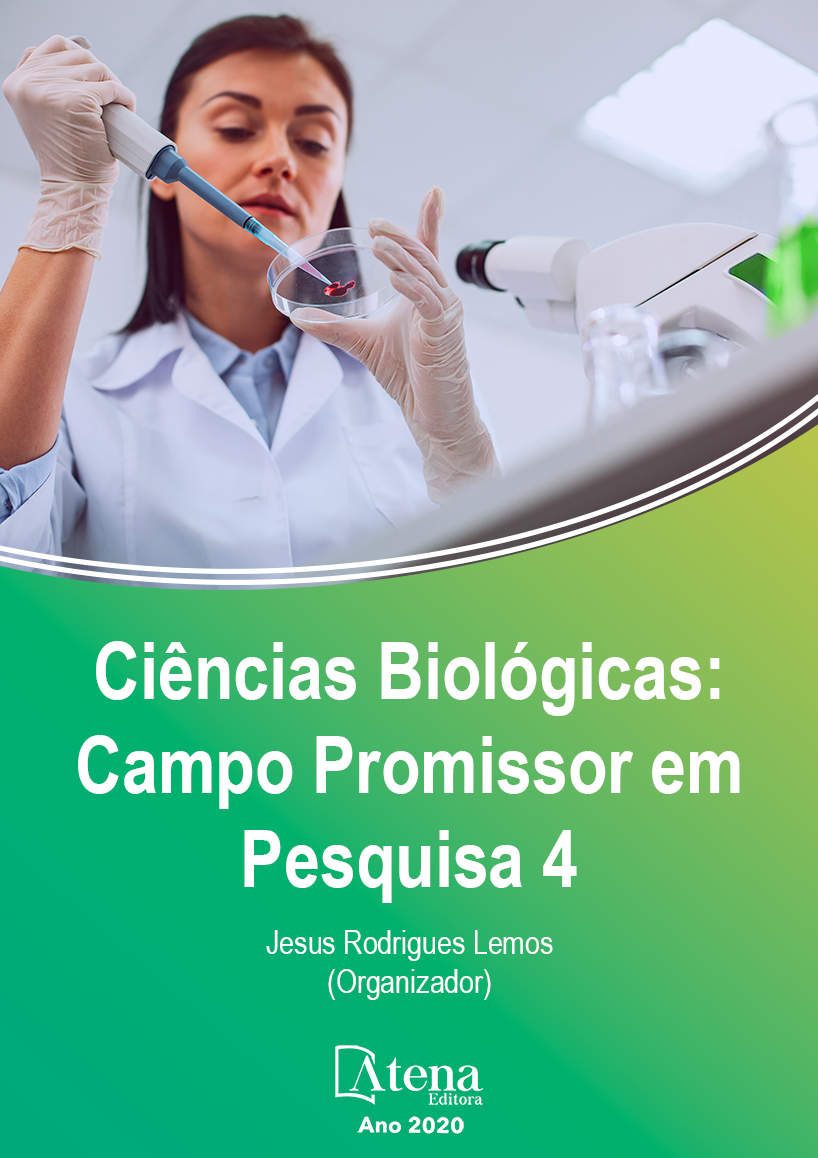
ACANTHACEAE DOS JARDINS DO MUSEU DE BIOLOGIA MELLO LEITÃO, SANTA TERESA-ES: ESPAÇO NÃO FORMAL E O ENSINO DE BOTÂNICA
O espaço não formal de ensino permite o compartilhamento de experiências, principalmente de situações interativas construídas coletivamente. A educação nesse ambiente não se organiza em níveis de escolaridade, idade ou conteúdo, como nos espaços formais. Nesse contexto o presente trabalho tem por objetivo avaliar o potencial do emprego de espécies de Acanthaceae ocorrentes na área de visitação Instituto Nacional da Mata Atlântica/ Museu de Biologia Professor Mello Leitão (INMA/MBML), em espaço não formal de ensino com ênfase para a Botânica. Foram levantadas as espécies da família ocorrentes no jardim, classificadas quanto ao hábito, características morfológicas e síndrome de polinização. Foram listadas onze espécies pertencente a Acanthaceae, com hábito herbáceo, arbustivo e trepadeira. A maioria das espécies apresenta síndrome de polinização de ornitofilia, com especialização para beija-flores. Dessa forma, as espécies encontradas neste ambiente podem ser facilmente utilizadas para diferentes assuntos da Botânica, ressaltando os temas de morfologia e interações planta-animal. Nesse contexto, a utilização de espaços não formais propicia aos estudantes vivência distinta do ambiente formal da sala de aula, onde geralmente pouca informação é retida pelo decréscimo da atenção, em contra partida aos estímulos propiciados em ambientes distintos. O apelo sensorial de plantas em campo, especialmente o aspecto visual, atrai os estudantes e possibilita um recurso didático inestimável.
ACANTHACEAE DOS JARDINS DO MUSEU DE BIOLOGIA MELLO LEITÃO, SANTA TERESA-ES: ESPAÇO NÃO FORMAL E O ENSINO DE BOTÂNICA
-
DOI: 10.22533/at.ed.4042024063
-
Palavras-chave: recurso didático, educação não formal, ensino de Ciências.
-
Keywords: didactic resource, non-formal education, science teaching.
-
Abstract:
The non-formal learning environment allows the sharing of experiences, mainly of interactive situations collectively constructed. Education in this environment is not organized in levels of education, age or content, as in formal spaces. In this context, the present work aims to evaluate the potential of the use of Acanthaceae species occurring in the visiting area Instituto Nacional da Mata Atlântica / Professor Mello Leitão Biology Museum (INMA / MBML), in a non-formal learning environment within emphasis on the Botany. The family species found in the garden were surveyed, classified according to habit, morphological characteristics and pollination syndrome. Eleven species belonging to Acanthaceae, with herbaceous, shrub and climbing habit were listed. Most species have ornithophilic pollination syndrome, with specialization for hummingbirds. In this way, the species found in this environment can be easily used for different subjects of Botany, highlighting the themes of morphology and plant-animal interactions. In this context, the use of non-formal environments provides students with a different experience from the formal classroom environment, where generally little information is retained by decreasing attention, in contrast to the stimuli provided in different environments. Plants sensorial appeal in the field, especially the visual aspect, attracts students and enables an invaluable didactic resource.
-
Número de páginas: 15
- Alexandre Indriunas
- Elisa Mitsuko Aoyama


